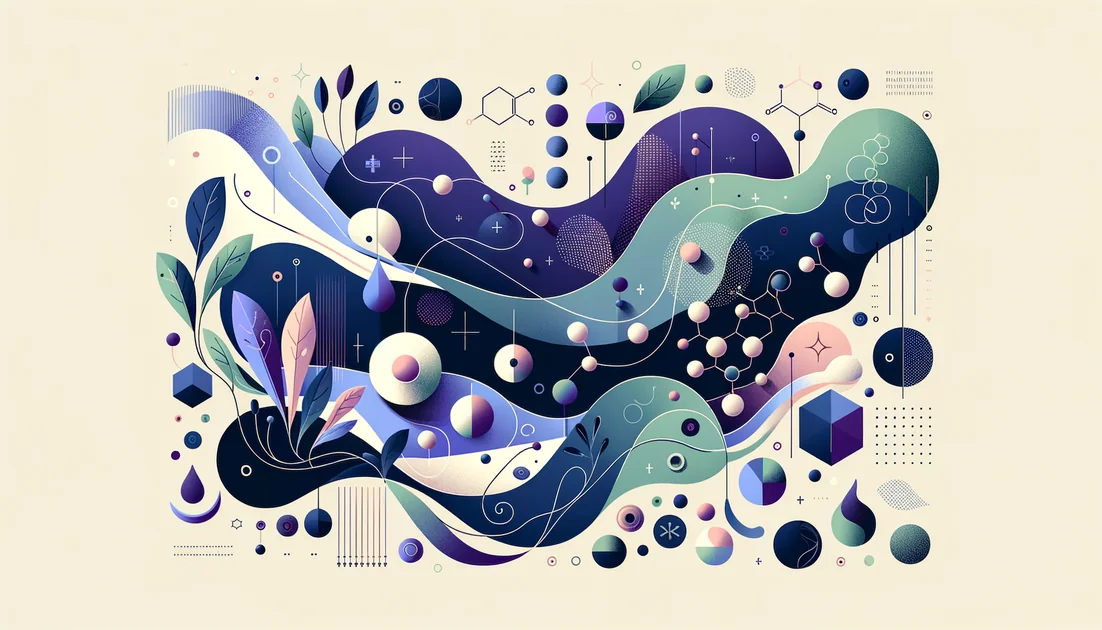
Milk, Copper Wires, and the Middle-Aged Heart: The Nicotinamide Riboside Story
A vitamin fragment first traced in milk promises to recharge aging cells—and in some studies even softens stiff arteries—yet animal data hint it could also empower the wrong cells. What do we really know about nicotinamide riboside?
- Evidence
- Promising
- Immediate Effect
- Within hours (biomarker increase) → 4-8 weeks
- Wears Off
- Within 2–4 weeks after stopping
The vitamin in a glass of milk
In 2004, a biochemist following an odd lead discovered that cells can build their energy currency, NAD+, from a previously overlooked nutrient: nicotinamide riboside (NR). He also found the cellular "doorway" that ushers NR inside and snaps it into place as NAD+, a route separate from classic niacin and nicotinamide. Soon after, researchers confirmed that cow's milk naturally carries NR, making it part of our dietary B3 landscape. [1][2] When Pasadena Magazine asked that biochemist—Charles Brenner—to explain NAD+ to non-specialists, he reached for a household image: high-energy electrons are the power, and "the wiring" that moves them is NAD. In his words, "The transmitter—the wiring, if you will—are called NAD coenzymes." Boost the supply of wiring and, in theory, you improve the flow of energy for repair and resilience. [3]
First clues in humans: can we raise NAD+ safely?
Early human studies answered a simple question: does oral NR even get in? The answer was yes. A pharmacokinetic trial showed dose-dependent rises in blood NAD+ after single oral doses of NR, and identified an unexpected metabolite, NAAD, as a sensitive sign that NAD+ stores were being replenished. [4] A larger, eight-week, placebo-controlled study in older adults found that a daily NR-based regimen lifted whole-blood NAD+ by roughly 40–90% depending on dose, without serious adverse events. [5]
The arterial surprise—and a cautious hope
Then came a small crossover trial in healthy adults aged 55–79. After six weeks of 500 mg NR taken twice daily, participants' NAD+ rose. More intriguingly, those with elevated baseline blood pressure or stage 1 hypertension saw systolic pressure fall and aortic stiffness ease. "We found that it is well tolerated and appears to activate some of the same key biological pathways that calorie restriction does," said senior author Doug Seals. Lead author Chris Martens added, "What this paper provides us with is a really good stepping stone for future work." [6] If the metaphor of NAD+ as wiring holds, this was a hint that adding more wire might help an aging electrical grid—our arteries—handle current more smoothly.
The plot thickens: when benefits don't appear
But science rarely moves in straight lines. A 12-week randomized trial in obese, insulin-resistant men gave 2,000 mg/day of NR and found no improvement in insulin sensitivity or body composition—though the supplement was safe. [7] Another six-week study in overweight adults did see muscle chemistry shift (higher acetylcarnitine, a fuel buffer) and a small rise in fat-free mass and sleeping metabolic rate, yet again no gains in insulin sensitivity or inflammatory markers. [8] Together, these trials suggest a paradox: NR reliably raises NAD+, but downstream benefits depend on who you are and what you measure.
The brain window
A clever workaround helped answer whether NR reaches neurons: researchers examined extracellular vesicles in blood that originate from brain cells. After six weeks of 500 mg NR twice daily, NAD+ markers rose in neuron-derived vesicles, while vesicle levels of amyloid-beta (Aβ42) and stress-signaling kinases fell—signals tied to neurodegenerative pathology. [9] In newly diagnosed Parkinson's disease, 30 days of 1,000 mg/day NR increased cerebral NAD (measured by 31P-MRS) and shifted brain metabolism; a follow-up safety study in PD found that even 3,000 mg/day for four weeks was well tolerated and pushed blood NAD+ up to five-fold, with only a transient bump in homocysteine. [10][11] These are early mechanistic lights on the horizon rather than clinical proof—but they show the wiring extends into the brain.
A hard caution from animal work
In 2022, an international team built a glowing probe to watch NR uptake in living systems. In mice seeded with aggressive triple-negative breast cancer, extra NR intake led to more brain metastases, raising the concern that some tumors may "steal" the same wiring that healthy tissues use. This was an animal model, not people, but it's a sobering reminder that biology plays by context-dependent rules. [12]
What we know, in plain terms
NR is a form of vitamin B3 that cells can readily convert into NAD+, the molecule that ferries electrons to power metabolism and supports DNA repair. [1][4]
In humans, NR consistently raises NAD+ within hours to days and is generally well tolerated in studied doses (500–2,000 mg/day; short-term data up to 3,000 mg/day). [4][5][7][11]
Physiological benefits are mixed: small studies suggest potential improvements in blood pressure and arterial stiffness in older adults with elevated BP, while multiple trials show no effect on insulin sensitivity. [6][7][8]
Signals in the nervous system are emerging: NR alters brain-related biomarkers and can raise brain NAD in Parkinson's disease, but clinical outcomes remain to be proven. [9][10]
A red-flag from mice suggests caution in active cancer, particularly cancers with high NR uptake. [12]
How thoughtful users are experimenting
If you're a health-conscious reader, the story typically begins with curiosity about energy, recovery, or healthy aging. People who seem to benefit most in early work are:
adults over 50 with elevated blood pressure or arterial stiffness but not yet on medication;
those navigating metabolic or inflammatory stressors, where the NAD system may be "under attack." [6][11]
Common clinical protocols use 300–1,000 mg/day, often split morning and evening; the blood-pressure study used 500 mg twice daily. Some clinicians also ensure adequate folate and B12 status, since very high doses briefly nudged homocysteine upward in a PD safety study. [6][11] One more practical note: NR doesn't replace movement or sleep. Think of it like upgrading wiring; if the appliances are outdated or overworked, the grid still strains. Exercise, light exposure, and protein-rich meals engage the same repair circuits NR aims to support.
What's next
Larger, longer trials are now probing NR for vascular aging, brain health, and post-viral fatigue. A crossover trial in chronic kidney disease found shifts in lipid and mitochondrial metabolites without better exercise capacity—again, biology's reminder to measure what matters over time. Trials in long COVID and expanded blood-pressure cohorts are underway or completed with results pending. [13][14][15]
"The transmitter—the wiring, if you will—are called NAD coenzymes," Brenner told a reporter. "That's why we focus on NAD." [3] If NR is a way to keep the lights on in aging cells, the switch seems real. We're still mapping which rooms brighten—and which doors to keep firmly closed.
Key takeaways
- •NR is a distinct NAD+ precursor, entering cells via a separate pathway from niacin/nicotinamide; NAAD serves as a sensitive biomarker of repletion.
- •Oral NR raises human NAD+ in a dose-dependent manner; biomarkers can rise within hours of dosing.
- •In older adults with elevated baseline blood pressure, 500 mg NR twice daily for 6 weeks reduced systolic BP and arterial stiffness.
- •In obese insulin-resistant men, 12 weeks of high-dose NR did not improve insulin sensitivity, signaling context-specific effects.
- •Common trial dosing ranges from 300–1,000 mg/day, often split morning/evening; functional measures, when they shift, tend to do so over 4–8 weeks.
- •Cautions: very high doses have produced a small, transient homocysteine rise (ensure folate/B12 status); exercise caution in active cancer based on animal data.
You might also like
Explore more of our evidence-led investigations, comparisons, and guides across every article style.
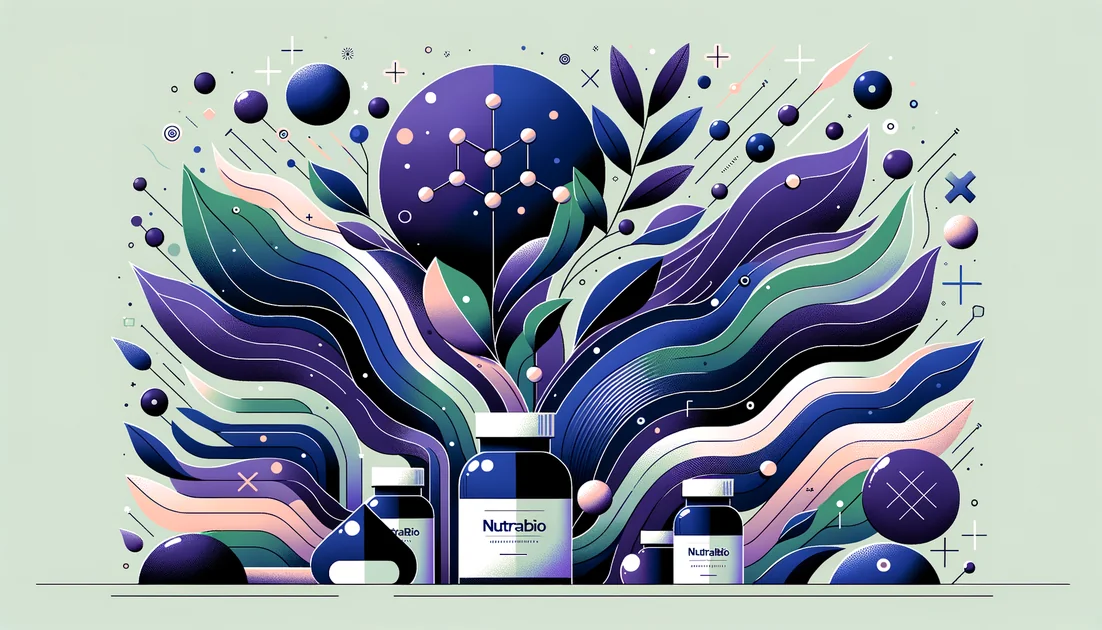
NutraBio
NutraBio: The Transparency Standard—with Prices That Mostly Add Up
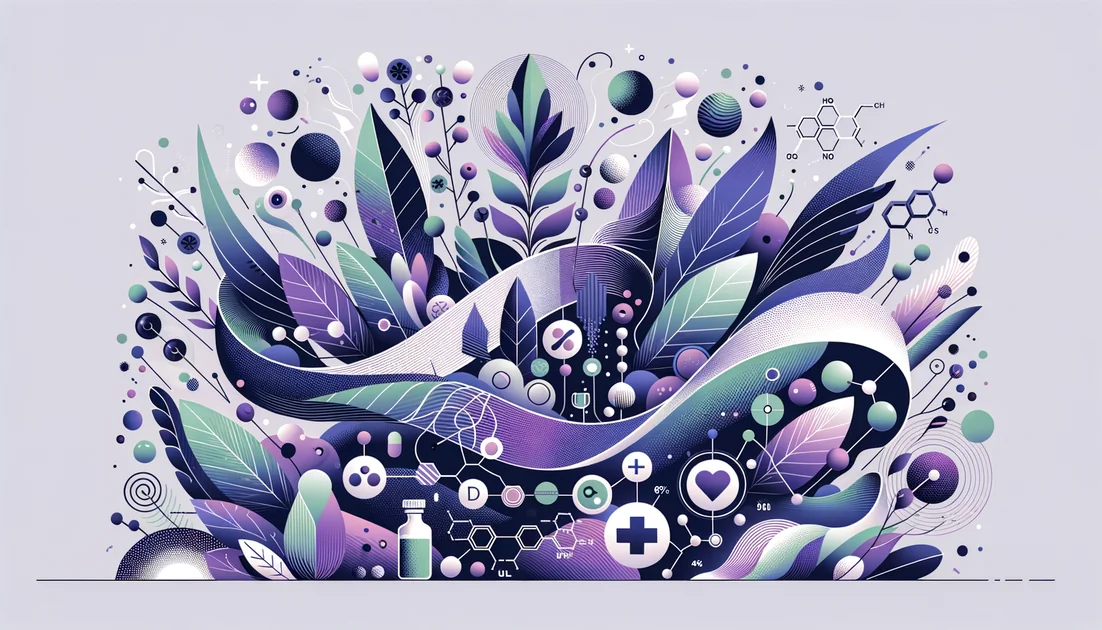
Trans-Resveratrol vs Pterostilbene
For longevity-focused use, pick trans-resveratrol if you want the better-studied option with modest, low-certainty benefits on human risk markers; choose pterostilbene only if you prioritize dosing convenience and can monitor LDL cholesterol. Neither has proven human lifespan extension. [8][4].

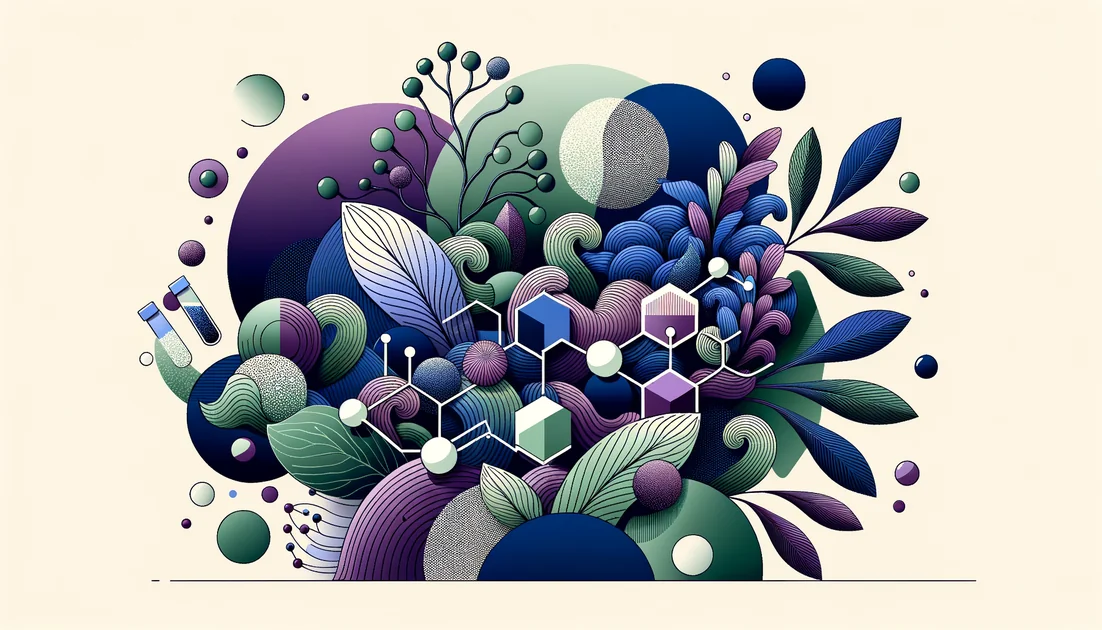
Lion's Mane Mushroom (Hericium erinaceus)
A monk in a cedar-dark temple ladles pale tea, a snowfall of mushroom threads drifting like tiny comets. Centuries later, in a fluorescent lab, a neuroscientist watches something equally quiet and astonishing: the tips of brain cells unfurl wider, as if reaching out to hold hands. The brew and the microscope are looking at the same thing—the brain's ability to grow connections—and the mushroom is lion's mane.
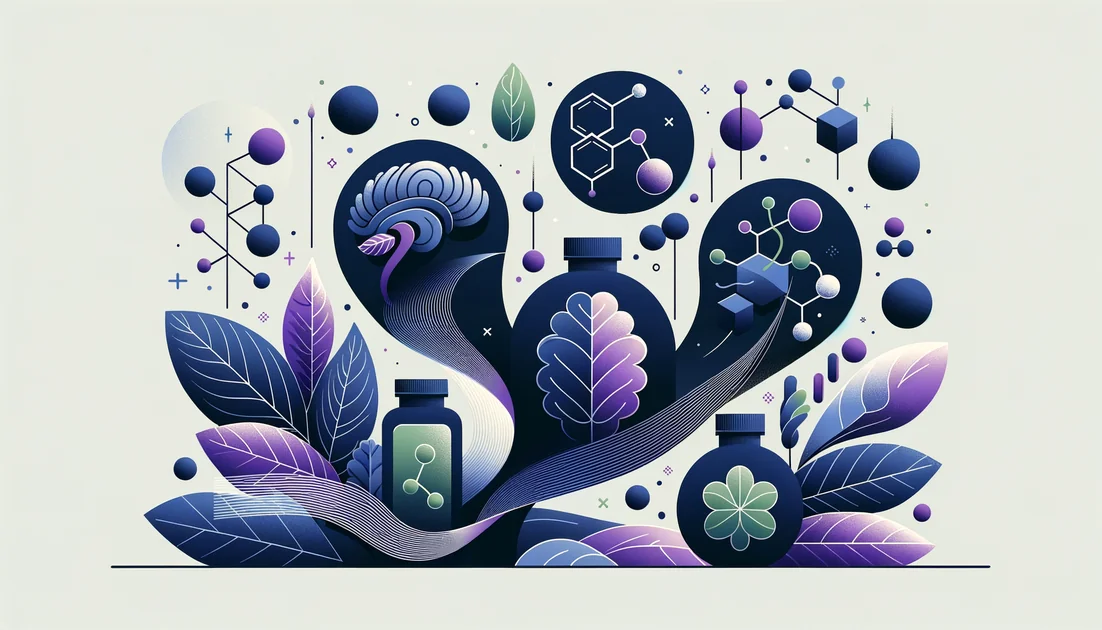
Lion's Mane + Bacopa: Smart Memory Duo or Just Hype?
The combo is a theoretical dual-pathway stack (neurotrophic + cholinergic), but there are no direct head-to-head studies proving synergy.

Tocotrienols
The stealthier cousins of vitamin E—built with springy tails that move differently in cell membranes and behave differently in your body.


